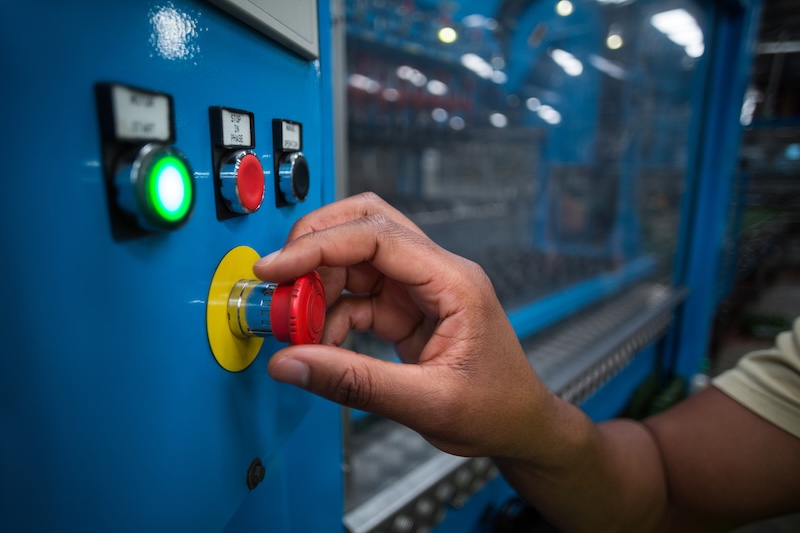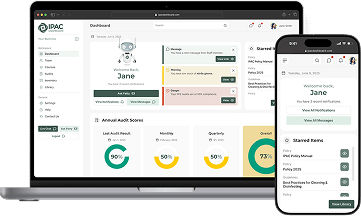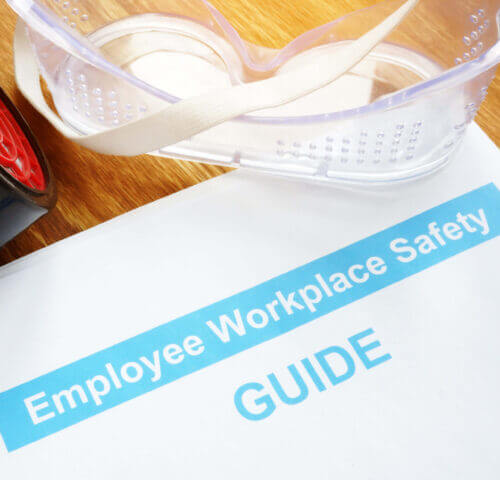
Machine Guarding
Workers exposed to rotating parts—such as belts, pulleys, shafts, gears, and chains—as well as prime movers and points of operation, face a significant risk of injury if proper safeguards are not in place.
This course equips machinery and equipment operators with the knowledge to recognize mechanical hazards and understand the contributing factors. Participants will learn how to operate machinery safely and identify the purpose, function, and regulatory requirements for effective machine guarding.
Learning Objectives
By the end of this course, participants will be able to:
- Discuss the importance of machine guarding
- Recognize common mechanical hazards
- Explain what constitutes a “danger zone”
- Describe the hazard assessment process
- Identify types of machine guards and their functions
Target Audience
Machine operators, supervisors, and Joint Health and Safety Committee (JHSC) members.
Legislative Reference
Occupational Health and Safety Act (OHSA), Section 25(2)(a)
We Also Recommend
Streamline Your Processes with the IPAC Dashboard
Simplify your IPAC tasks with our intuitive platform. Automate routine processes, reduce manual errors, and ensure compliance with ease.






Reviews
There are no reviews yet.